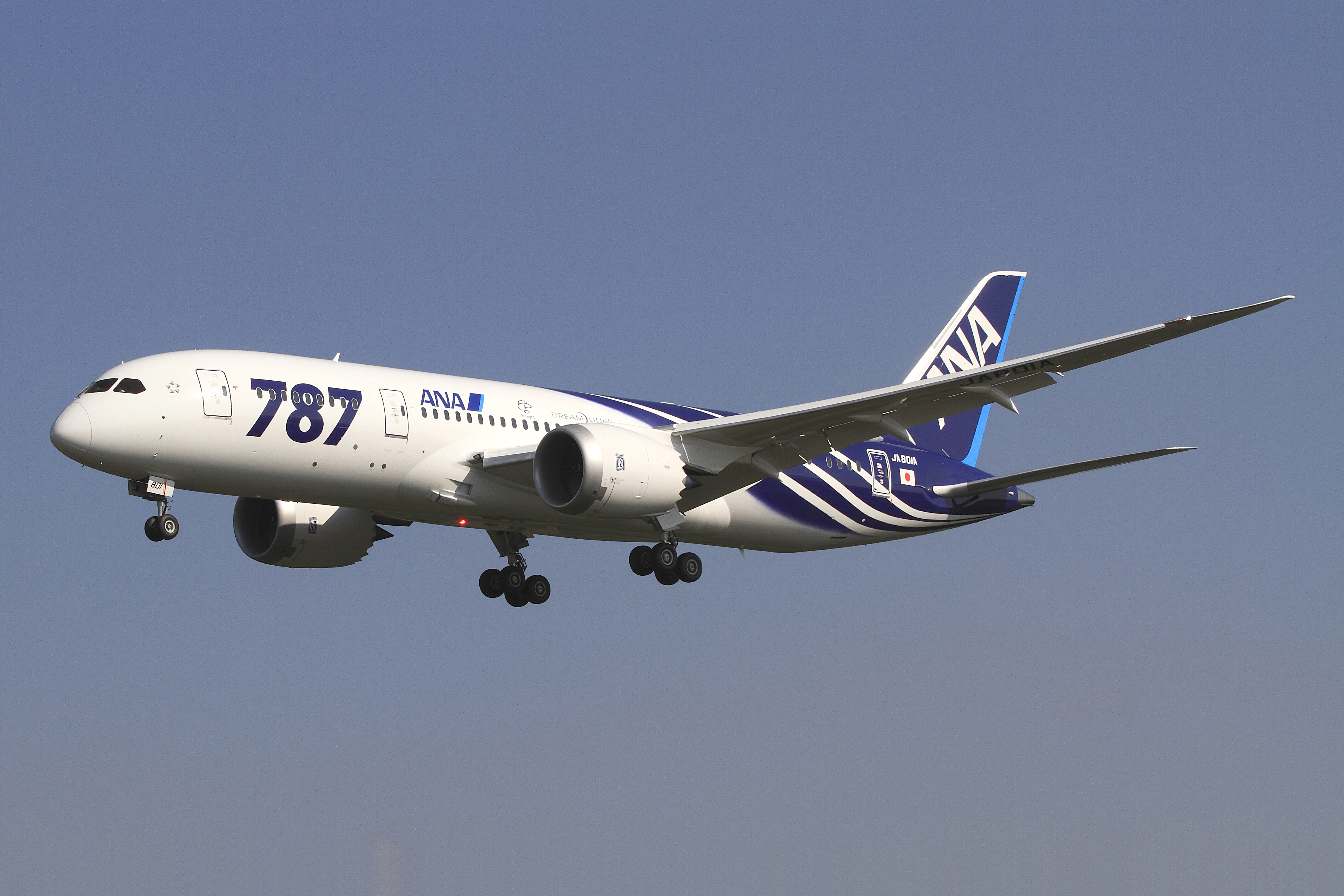1. Qantas Airways
Qantas Airways have an extraordinary safety record standing out in the history of aviation. The airline has never encountered a fatal crash resulting in the loss of lives. Many could argue and say the airline has endured problems in regards to safety, for example flight QF32 operating out of Singapore Changi Airport (SIN). These unfortunate events in my opinion, do not lower the safety standard of the airline, but prove their pilot training and pilot experience is highly renowned leading to the need for the airline to receive a higher safety classification.
Qantas is the national airline of Australia and operates a range of domestic and international flights with its base being Sydney, Australia (SYD). The airline is also a close partner with Emirates and a member of OneWorld. In my opinion Qantas is the safest Airline in the world.
2. Singapore Airlines
Singapore Airlines have a mostly clean safety record. The airline has encountered one accident in the past resulting in death of some passengers. This flight was SQ006 on October 30, 2000. Aside from this incident, the airline is otherwise clean and has no other fatal crashes on record. The airline assures to keep their aircraft safe and modern in addition to a high standard of crew training which is conducted regularly and in the SIA centre, Singapore.
Singapore Airlines is the national airline of Singapore and operates international flights, as Singapore is a small island. The airports base is Singapore Changi Airport (SIN), which is also known to be the best airport in the world (2015). In addition the airline is a member of Star Alliance.
3. Air New Zealand
Air New Zealand is unsurprisingly based in Auckland, New Zealand and is the national airline of New Zealand. Furthermore, the airline has held a great safety standing since its foundation exceeding 70 years ago with no accidents reported. The modern airline carries a high standard of safety observed through its well conducted cabin crew and pilot training. The airline is known to have interesting and engaging safety demonstrations prior to the commencement of flights.
Air New Zealand services a wide range of domestic and international flights in and out of New Zealand. It is also a member of Star Alliance.
4. Korean Air
Korean Air has not had a good reputation in regards to safety deeming from the past. The airline has a record abundant with serious and detrimental accidents which was known to result from a range of factors. However, it can fairly be considered one of the safest airlines today as its poor safety conduct advocated for a major change to be conducted in the airline. The airline took steady improvements in areas such as maintenance, air crew communication and other prominent aspects to flight operation. As a result of this, the airline made advanced improvements and has not been involved in an incident for over 10 years.
Just saying, this list is in no apparent sequence, additionally it does not intend to scrutinise companies and does not include all the airlines that are safe.




